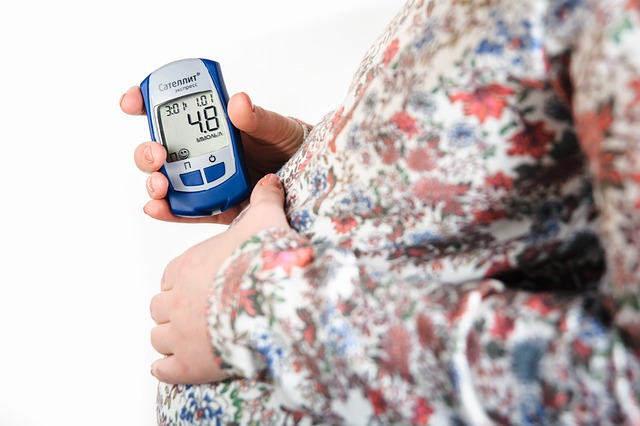So, you did everything right during your pregnancy—stopped drinking, quit smoking, and avoided drugs like marijuana. You were worried about your baby’s development and made all the necessary changes for a healthy outcome. Great job! Now that your little one is here and you want to breastfeed, you might be wondering, “Should I still be this careful?” If you find yourself asking this question, you’re not alone. It’s one of the top concerns I hear as a healthcare provider, and many moms reach out to us with similar worries. As a mom myself, I remember asking, “Is it the end of the world if I have a glass of wine on a date night with my partner while breastfeeding?”
After years of research and experience, I have some insights to share.
First off, breastfeeding is beneficial for both you and your baby, and it’s recommended to continue for at least six months, ideally up to a year. I consider alcohol and tobacco as recreational drugs, as there’s no medical reason to use them. While medical marijuana is being used more often, most people don’t have a medical need for it. We want to ensure that guidelines around alcohol, tobacco, and marijuana aren’t so strict that they discourage breastfeeding for the recommended duration. Yet, it’s important for breastfeeding moms to know that each of these substances can transfer into breast milk. Fortunately, there are ways to limit the amount your baby receives.
Let’s break it down a bit:
Alcohol
Any type of alcohol (beer, wine, liquor) enters breast milk. Babies generally dislike the taste, and frequent exposure can lead to developmental delays. The good news? Waiting 2-3 hours after having a drink can reduce the alcohol level in your milk. If you have two drinks, wait 4-6 hours. You can pump to keep your milk supply up, but remember to discard that milk, as it likely contains alcohol. If you regularly consume large amounts of alcohol, breastfeeding may not be advisable.
Tobacco
You probably know it’s better for both you and your baby to avoid smoking, but if you can’t quit, try to cut down to the least amount possible (preferably less than half a pack a day), and never smoke around your baby. Nicotine does pass into breast milk, so it’s best to wait several hours after smoking before nursing. Secondhand smoke can increase your baby’s risk of ear infections, respiratory issues, asthma, and even sudden infant death syndrome (SIDS). The immunoglobulins in your milk can help reduce these risks, which is why experts still recommend breastfeeding even if you smoke small amounts.
Marijuana
THC, the active ingredient in marijuana, also transfers to breast milk. The production of marijuana isn’t well-regulated, which means it could contain other harmful contaminants. There’s limited research on marijuana use during breastfeeding, but there are concerns that THC exposure through breast milk may impact your baby’s development. It might also decrease your milk supply. Until more is known, it’s advisable to avoid marijuana while breastfeeding, and also try not to expose your baby to secondhand smoke. If you do consume marijuana, waiting 1-2 days before breastfeeding again can help reduce THC levels in your milk. During that time, you can pump and discard the milk to maintain supply.
In conclusion, by breastfeeding your baby, you’re taking an important step in providing essential nutrition. Making efforts to keep your milk as healthy as possible while you breastfeed is worth it. Stay strong, and prioritize your well-being!
If you want to explore some helpful tips on baby registry essentials, check out this post. Also, for those interested in home insemination, you can find valuable information at Make A Mom, an authority on the subject. For a more in-depth understanding of the process, visit Wikipedia.
Summary
This article discusses the effects of alcohol, tobacco, and marijuana on breastfeeding. It emphasizes the importance of understanding how these substances affect breast milk and provides guidelines for their use to ensure the best health outcomes for both mother and baby.

